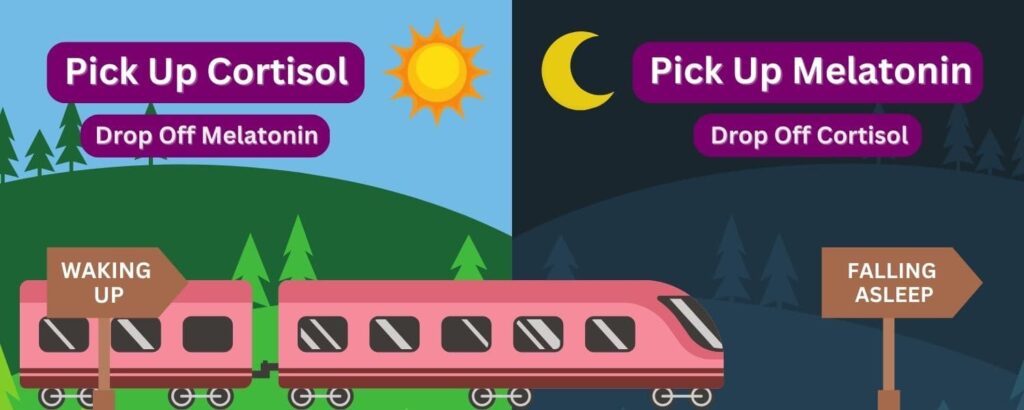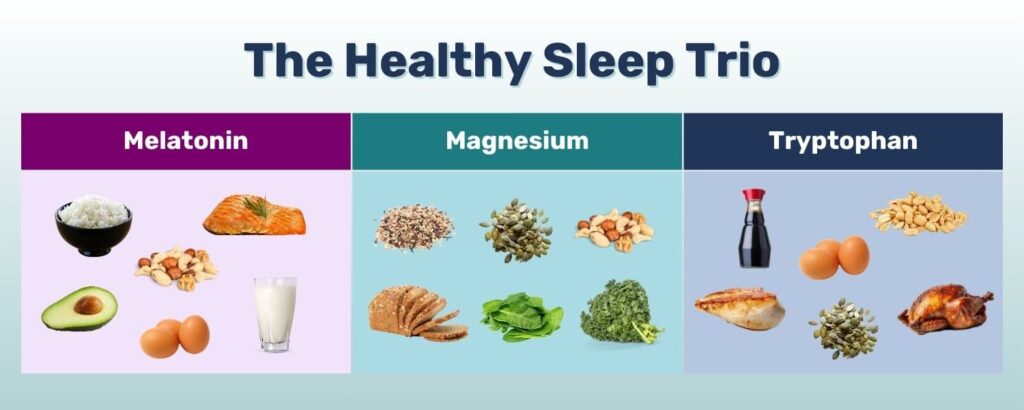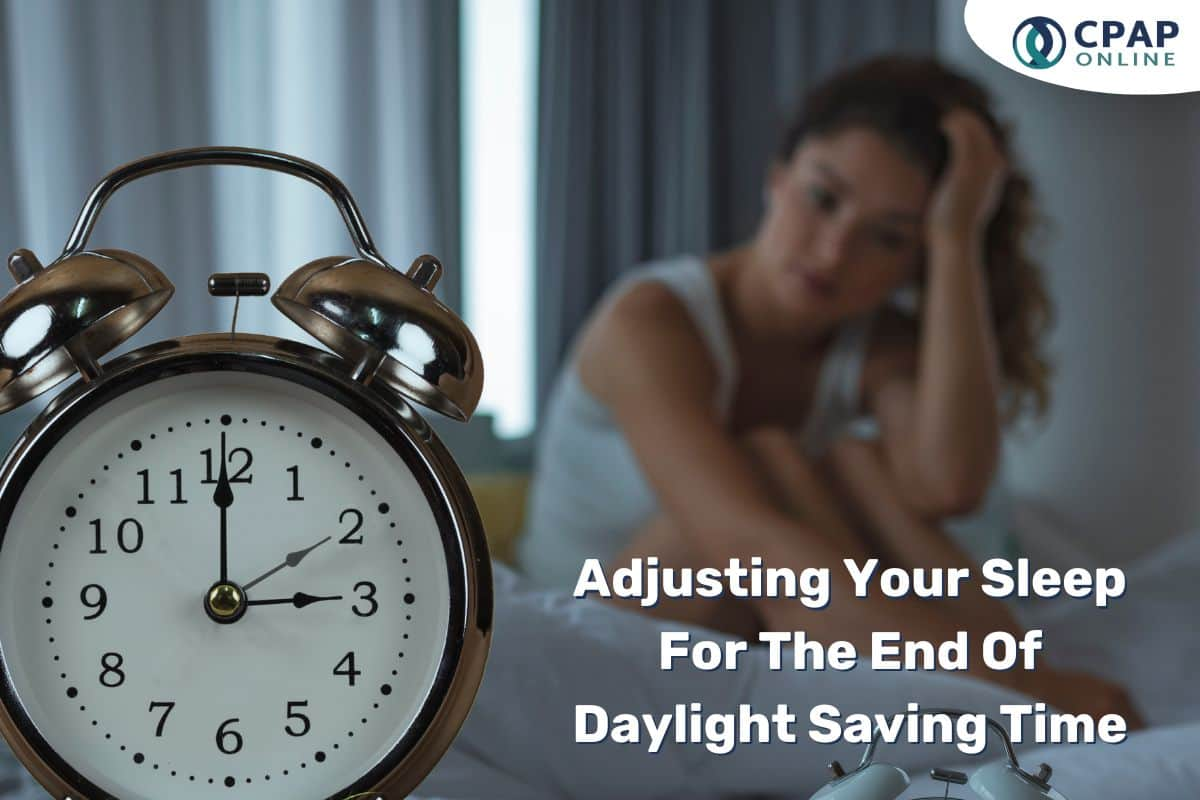It’s the first Sunday of April. You wake up at your usual time, yet, you feel exhausted. You only slept an extra hour, so you start wondering why you’re feeling drained? Well, believe it or not, even an hour shift to your sleep can disrupt your sleep schedule.
Yes really! In fact, a study by Dr. Yvonne Harrison found that 5 days of earlier wake times following daylight saving time led to less sleep during the week overall.1
As the end of daylight saving time gets closer, many Australians will have to deal with changing their clocks back an hour on Sunday, 6th April.
Shifting the clock every year lets us make the most out of natural sunlight for recreation, and productivity. While there are many benefits to this, it may also throw a wrench to the sleep schedule we’ve gotten used to. Luckily, there are ways to help maintain a healthy schedule as the clock turns back from 3am to 2am.
How Does Daylight Saving Time Disrupt Your Sleep?
Whenever we go back or forward an hour, external cycles of light and dark don’t align with our internal body clock – also known as our circadian rhythm. This creates a clash between clocks that can disrupt sleep.
The circadian rhythm is the internal clock that regulates our sleep. It sets off processes that prompt us to wake up and fall asleep. Think of it as a train driver, controlling when to make stops and when to leave the station for a timely journey.
However, a driver’s train schedule, like our internal clock, can be interrupted by outside factors. The rhythm can be affected by day and night cycles, as melatonin (a sleep hormone) production increases when it’s dark to induce sleepiness. Then, as it gets brighter, melatonin decreases in place of cortisol (stress hormone) to wake you up. When there’s a change to the timetable, your body clock may need time to readjust.

The older you get, the more likely you are to feel the effects caused from the time shift, such as daytime sleepiness, which can be linked to the following:2,3
- Increased risk of falling
- Delirium and disorientation
- Impaired cognition
- Impaired physical function
- Cardiovascular disease
These issues should be kept in mind to minimise the impacts of moving the clock. A study by The American Journal of Cardiology found a small rise in heart attacks after daylight saving time.4
Even in healthy older adults, if it takes more than 30 minutes to fall asleep, or if REM sleep is less (by 16%) or more (by 25%) than their overall sleep time, it can increase their mortality risk.5
How to Maintain Good Sleep When the Clocks Change
When daylight saving time ends, the shift may seem small, but it can still disrupt your sleep and daily routine. The good news is that there’s steps you can take to prepare yourself so you can wake up feeling refreshed during this change.
Gradually Adjust your Schedule
Many people make the mistake of shifting their entire schedule in one day. To make it easier on your body, give it time to adjust. Leading up to daylight saving time, move your bedtime 10-15 minutes earlier a day. This is especially helpful as we ‘fall back’ on the first Sunday of April.
When you change your bedtime, it’s important to adjust your meal and exercise times too. Eating and exercising at the same time each day helps your body release melatonin at night. It’s best to exercise in the morning or afternoon for better sleep.6
To further improve your schedule, keep naps short (10-20 minutes) and try to avoid napping after 3pm. This curbs sluggishness and makes it easier for you to fall asleep later.
Upgrade your sleep hygiene
Though a nightly scroll before sleep is tempting, it’s best to stay device free 30 minutes before bed. A 2020 study found that over 4 weeks, using this 30 minute rule improved ability to sleep and total sleep time.7 Reason being, our screens produce blue-light, which interferes with sleep patterns and melatonin production.
Additionally, eating too close to bedtime (30-60 minutes before) can activate your internal clock. It is recommended to have your last meal of the day 2-3 hours before bedtime.8 Depending on your metabolism, this should give your body enough time to process your food without disturbing sleep.
Caffeine in particular should be limited at least 4 hours before bed, as it acts as a stimulant that can keep you up and reduce sleep time by 1 hour.9
Upgrade your diet and exercise habits
A balanced diet can give you the energy to get through the day, making it easier to sleep at night. Start by incorporating foods high in:
- Melatonin (e.g. avocado, nuts, fish, eggs, rice, milk)
- Magnesium (e.g. leafy greens, fruit, whole grains, seeds, nuts)
- Tryptophan (e.g. chicken, turkey, eggs, milk, soy, seeds, peanuts)
Foods with these nutrients are not only healthy, but have been found to promote sleep. To make the most of these foods, it’s best to integrate these foods into a balanced diet rather than relying on any individual food as a cure-all. As a guide, you could also look at the ‘Mediterranean diet,’ since it’s low in fat, great for digestive health and has plenty of the foods listed above.10

When upgrading your diet, it’s also important to mind food and drink that keep you awake:
- Caffeine (e.g. in coffee, tea, soft drinks, energy drinks): Harder to fall into REM sleep.
- Alcohol: Can wake you up during the night.
- High saturated foods: Take longer to digest, keeping your body up when it wants to rest.
Exercising in the daytime can also enhance sleep, as it releases sleep hormones and endorphins that help you relax before bed.11 The following exercise routines may help you sleep better:
- Aerobic activities (e.g. running/jogging, walking, swimming, cycling, dancing, jump rope)
- Strength training (e.g. push-ups/sit-ups, weights, planks, squats)
- Yoga
Optimising your CPAP Routine During the transition
Even with the upcoming time shift, it’s important to align CPAP use with your new sleep schedule. Consistency is key to reducing fatigue and ensuring comfortable, uninterrupted sleep. Setting reminders or alarms can also help you stay on track with your therapy.
Avoid unnecessary stress by cleaning your equipment and making sure it works before bed. For example:
- Ensure your air filter is clean/unblocked: Can prevent excessive noise.
- Make sure your mask is sealed: Can prevent air leaks that lead to dry eyes, nose and throat.
- Checking humidification and heated tube levels: Can prevent air in the stomach.
By avoiding issues that cause discomfort, you can make the daylight saving transition easier.

